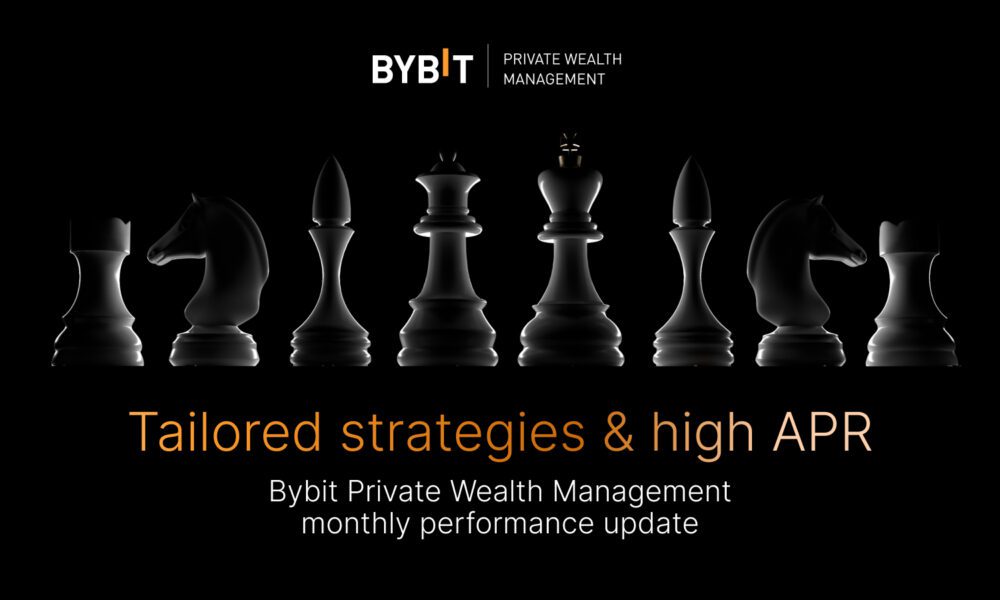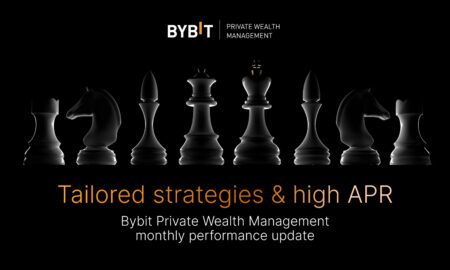Author: Loveth Abu, Montecito Capital Management
Retirement is often painted as a peaceful destination; a time to finally rest, travel, and enjoy life on your own terms. But for many retirees, the journey doesn’t feel as smooth as expected once the steady paycheck stops coming in. Beneath the surface of “daily living” lies a series of hidden expenses that can quietly drain retirement savings over time.
The biggest risks are often hit when people least expect them: expenses suddenly rising, income dropping, or market volatility sideswiping a portfolio at the wrong time. Understanding how your cash flow shifts, how your tax picture changes, and how to structure withdrawals can mean the difference between financial confidence and feeling upside-down in retirement. With the right preparation, you can anticipate these surprises, build buffers, and design a plan that keeps you in control – no matter what life throws your way.
It’s not just about food, shelter, and utilities anymore. Retirement has evolved into a stage of life that demands strategic financial foresight; from healthcare and taxes to lifestyle adjustments and family support. Understanding these unseen costs is essential to maintaining stability and peace of mind.
Family Support: The Growing Financial Drain
One of the most overlooked costs of retirement today doesn’t come from medical bills or taxes – it comes from family. The rising financial dependency of adult children is quietly reshaping retirement budgets across America.
According to Savings.com, 45% of parents with adult children provide financial support for at least one grown child. Among retired parents who do, the average contribution is about $1,400 per month, or $16,800 per year. For retirees living on fixed incomes, that’s a significant outflow; often comparable to a mortgage payment or annual travel budget.
In many families, this support isn’t optional. Parents step in to help children cover student loans, housing, or even childcare costs. Some also contribute to the needs of aging parents, creating a “sandwich generation” effect where retirees find themselves supporting both older and younger dependents simultaneously.
The takeaway? Retirement planning today isn’t just personal – it’s intergenerational. Including family support as a formal budget category can prevent unexpected strain later.
Taxes & Inflation: The Silent Budget Erosion
Even when the paycheck stops, taxes rarely do. Many retirees underestimate how taxation continues to influence their financial picture, particularly through Social Security benefits, required minimum distributions (RMDs), and investment withdrawals.
- Social Security Taxes: Depending on total income, up to 85% of Social Security benefits may be taxable.
- RMDs: Once retirees hit age 73, the IRS mandates withdrawals from traditional IRAs and 401(k)s, which are taxed as ordinary income.
- Capital Gains: Selling long-held investments can trigger capital gains taxes, particularly when liquidating assets to fund retirement goals.
- Relocation Surprises: Moving to another state for better weather or lower living costs might inadvertently increase property or state income taxes.
Then there’s inflation; a force that’s invisible year to year but devastating over decades. Even a modest 3% inflation rate halves the purchasing power of savings over 25 years. This means that a comfortable $70,000 annual budget today will require roughly $145,000 in 25 years to maintain the same lifestyle.
From an investment-portfolio perspective, retirees need to remember that inflation is the first hurdle their money must clear each year. If inflation averages 3%, your portfolio has to earn at least that much just to maintain its purchasing power. Only after overcoming inflation—and then accounting for any withdrawals—does your portfolio generate true, inflation-adjusted growth.
Example 1:
Suppose a portfolio earns 8%, inflation is 3%, and you withdraw 3% for living expenses. The first 3% of gains simply keeps you with rising prices. The next 3% covers your withdrawals. Only the final 2% represent real, inflation-adjusted growth—what truly strengthens your long-term financial position.
Inflation also causes bracket creep, where retirees are pushed into higher tax brackets despite no real increase in buying power. To counter this, retirees must invest wisely, maintain exposure to inflation-protected assets, and periodically reassess their withdrawal strategy.
Lifestyle & Personal Spending: When Freedom Gets Expensive
After decades of disciplined living, retirement often feels like a well-earned invitation to spend, and rightly so. But without structure, leisure spending can quietly balloon into one of the largest drains on retirement funds.
Travel, dining out, new hobbies, and entertainment are all part of the joy of retirement, yet they often cost more than anticipated. What begins as an occasional trip can become an annual ritual; a simple hobby can evolve into an expensive passion with new equipment or memberships.
Gifting also plays a large role in this category – retirees love to support family milestones, holidays, and grandchildren. While generosity brings emotional fulfillment, it can quickly translate into thousands of dollars annually that weren’t originally budgeted.
The key isn’t to eliminate enjoyment but to budget joy intentionally – to decide, in advance, how much of your retirement income will be dedicated to leisure so that spontaneity doesn’t become a source of financial stress.
Housing & Living Expenses: The True Cost of Staying Home
Many retirees assume that because their mortgage is paid off, housing will be a minimal expense. Unfortunately, reality is more complex.
- Property Taxes: Even if the home is debt-free, property taxes remain – and they often rise faster than inflation.
- Maintenance & Repairs: Aging homes demand consistent upkeep; from roofing and plumbing to heating, cooling, and appliances. Unexpected major repairs can easily cost thousands.
- HOA or Community Fees: For those in retirement communities or condominiums, these fees can escalate as facilities of age and require upgrades.
- Utilities & Energy Costs: Spending more time at home naturally increases energy and water use, especially during extreme weather months.
Retirees considering relocation should also evaluate the cost of living in new states or countries, as even a move designed to save money can come with unexpected tax and maintenance of trade-offs.
For many, downsizing is a practical solution, not just for financial savings but for convenience and peace of mind. Selling a large home and moving into a smaller, energy-efficient space can reduce both stress and ongoing costs.
Insurance-Related Costs: Protection That Grows Pricier
Insurance is one of the trickiest areas of retirement budgeting because it straddles two opposing needs: cost control and risk protection.
Many retirees continue paying life insurance premiums well into their 70s, especially if policies were designed for income replacement during working years. Others purchase long-term care insurance, which can be essential but also subject to steep premium increases over time.
Then there are homeowners and umbrella liability policies, crucial protections that have become dramatically more expensive in recent years due to rising natural disaster risks and property value reassessments.
Smart planning here involves balancing what’s necessary with what’s optional. For example:
- Review whether your life insurance policy still serves a purpose (if dependents are financially independent, it may not).
- Reassess long-term care needs and policy options every few years.
- Bundle homeowners, auto, and umbrella coverage where possible to manage costs.
Failing to account for rising insurance costs can quietly erode a retirement budget as surely as taxes or inflation.
Unexpected or Emergency Costs: Planning for the Unplanned
Even the best financial plans face surprises. In retirement, these surprises often come with hefty price tags.
Think of major home or car replacements, medical emergencies, natural disasters, or unexpected caregiving transitions; such as moving in with family or entering assisted living. Without a contingency fund, these events can force retirees to dip into long-term investments prematurely, triggering additional taxes and reducing future growth.
Experts recommend maintaining a cash reserve equal to at least 6–12 months of expenses in accessible accounts. This provides both financial flexibility and emotional peace, allowing retirees to respond to life’s curveballs without disrupting their investment strategy.
Building a Realistic Retirement Budget
Building a realistic retirement budget starts with accepting that expenses don’t always move in a straight line. Healthcare costs can spike, home repairs rarely arrive on schedule, and lifestyle spending often increases in the early “go-go” years of retirement. Many retirees also underestimate how inflation quietly erodes purchasing power over time. By mapping out essential versus discretionary expenses, stress-testing your budget for unexpected shocks, and planning for rising costs, you create a financial roadmap that keeps you from feeling upside-down when surprises hit. Thoughtful preparation today ensures your retirement lifestyle stays sustainable tomorrow.
A sustainable retirement plan isn’t about predicting every expense – it’s about building resilience into your finances. Here’s how to start:
- Identify Fixed vs. Variable Costs: Separate unavoidable expenses (housing, insurance, medical) from lifestyle or discretionary ones.
- Adjust for Inflation: Use a conservative inflation estimate (2–3%) in all long-term projections.
- Account for Taxes: Plan withdrawal strategies that minimize taxable income across multiple accounts.
- Plan for Longevity: With many retirees living well into their 80s and 90s, a 25–30-year horizon is no longer optimistic; it’s realistic.
- Include Family Support and Gifts: Make it part of the plan rather than a reactive expense.
- Review Annually: Budgets are living documents; revisit them yearly to reflect changing costs and lifestyle priorities.
Working with a financial advisor can help ensure that your projections remain accurate and adaptable as your needs evolve.
The Bottom Line
Retirement is more than a number – it’s a lifestyle, a financial ecosystem, and often a family legacy. The hidden costs of retirement can’t be eliminated, but they can be managed through foresight, balance, and informed decision-making.
The real challenge lies in anticipating the hidden pressures—rising healthcare costs, unplanned home repairs, lifestyle spending shifts, and the silent drag of inflation on your investment portfolio. As retirees draw income from their savings, every dollar becomes more sensitive to timing, taxes, and market conditions. Your portfolio must first outrun inflation, then sustain withdrawals, and only after clearing both hurdles does it truly grow in real terms. Without a clear strategy, even well-funded retirees can find themselves surprised, upside-down, or vulnerable to forces they never accounted for.
The goal isn’t to live cautiously, but consciously. By anticipating medical costs, tax implications, lifestyle shifts, and family support obligations, retirees can maintain the freedom they’ve worked so hard to earn – without the anxiety of financial uncertainty. Retirement should be a time of fulfillment, not fear. Planning beyond “daily living” ensures that your golden years shine brighter, not shorter.
This is where a trusted financial partner becomes invaluable. A firm like Montecito Capital Management brings discipline, planning rigor, and multi-asset investment expertise required to navigate these complexities. From constructing inflation-aware portfolios to designing tax-efficient withdrawal strategies and building buffers for unexpected costs, an experienced advisor helps ensure each part of your financial life works together—cohesively, defensively, and with long-term sustainability in mind. Instead of reacting to financial surprises, you move through retirement with clarity and confidence. With Montecito Capital Management at your side, you don’t just prepare for retirement, you stay prepared, no matter what the future brings.
Reference
Savings.com (2023, June). Parents Spend Over $1,400 Monthly Supporting Adult Children. Retrieved from https://www.savings.com/info/parents-support-adult-children
CNBC Make It. (2024, February 15). Nearly half of parents still financially support their adult children — here’s why experts say it’s a growing trend. Retrieved from https://www.cnbc.com/make-it/
Pew Research Center. (2023, September). More Young Adults Now Live with Their Parents Than Ever Before. Retrieved from https://www.pewresearch.org/fact-tank/
Bankrate. (2024, April). Survey: Parents Are Delaying Retirement to Support Adult Children. Retrieved from https://www.bankrate.com/
Forbes Advisor. (2023, August). How Much Parents Spend Supporting Their Adult Children. Retrieved from https://www.forbes.com/advisor/





























